A fiber Bragg grating (FBG) is a microstructure features a few millimeters in length which can be inscribed in the optical fiber. From high-index to low-index refraction index change along central axis of the fiber. Fiber Bragg Grating is like a mirror that reflects certain wavelengths while others pass the "mirror". The wavelength the "mirror" reflects depends on the spacing between the low and the high index regions. The distance (Λ) between two adjacent high-index regions is called the period of the FBG. FBG reflect light at the Bragg wavelength (λB). The reflection strength depends on the index modulation.
Generally, there are two typical periodic changes of refractive index modulation, it can be a steady periodic change or a variable "quasi-periodic" change. When a piece of FBG have multiple regions with different periods, a fiber then contains more than one "mirrors", which allow different wavelengths reflecting from different positions. There is another type of FBG featuring a period that changes smoothly along the fiber central axis. It's called "chirped" Fiber Bragg Gratings, and it has elaborate period profiles.
Principle of FBG Sensor
A periodic refractive index change in the magnitude of 10-3 to 10-4 along with the distance of L leads to a formation of a wavelength mirror at l=2*n*L in the fiber core.

Measurement Principle
Strain and Temperature changes result in a wavelength change, which is within interval relatively linear in the order of 10pm /°C and 1pm/µe. Based on this, a wide range of variables like pressure, curvature or acceleration can be measured. After dedicated encapsulating, we are able to produce FBG strain sensor, temperature sensor, pressure sensor and so on for applications across industries.



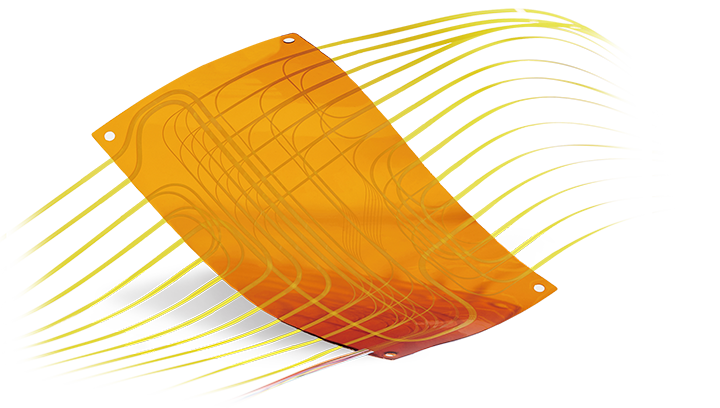 Fiber Optic Flex Circuit (FOFC)
Advanced Simulation & Optimization, High Positioning Accuracy, Flexible Customization, Rigorous Reliability Testing
Fiber Optic Flex Circuit (FOFC)
Advanced Simulation & Optimization, High Positioning Accuracy, Flexible Customization, Rigorous Reliability Testing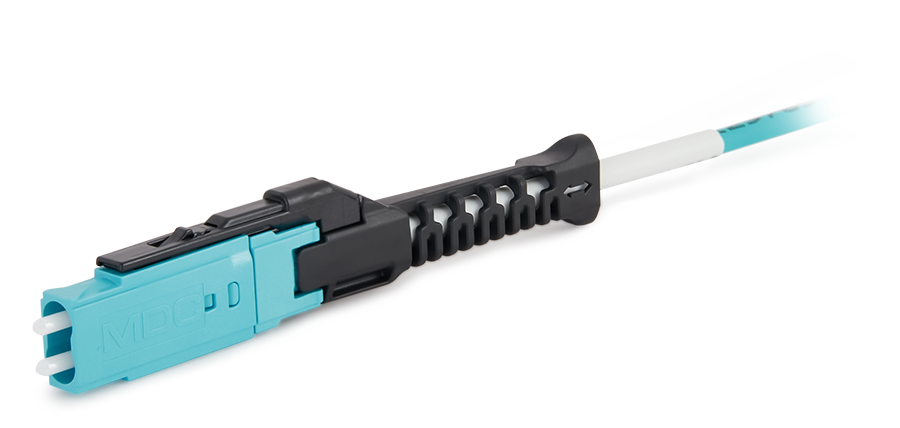 MDC Solution
US Conec's MDC connector is a Very Small Form Factor (VSFF) duplex optical connector, expertly designed for terminating single-mode and multimode fiber cables with diameters up to 2.0mm.
MDC Solution
US Conec's MDC connector is a Very Small Form Factor (VSFF) duplex optical connector, expertly designed for terminating single-mode and multimode fiber cables with diameters up to 2.0mm.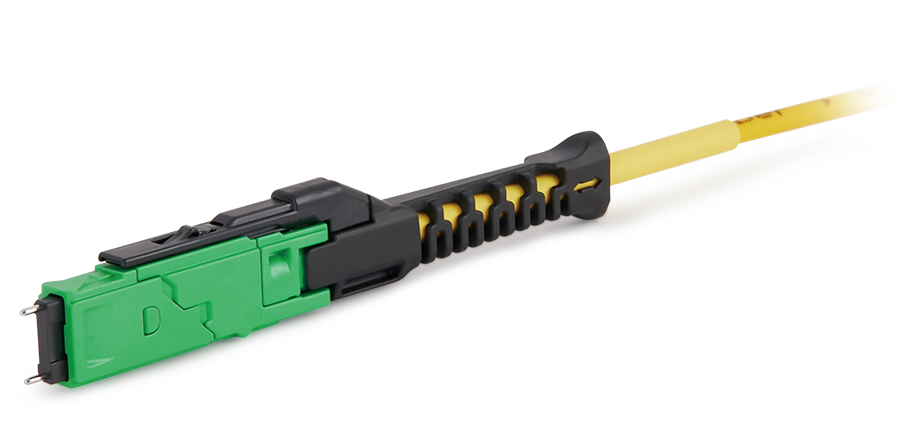 MMC Solution
US Conec's Very Small Form Factor (VSFF) multi-fiber optical connector that redefines high-density connectivity with its cutting-edge TMT ferrule technology and intuitive Direct-Conec™ push-pull boot design.
MMC Solution
US Conec's Very Small Form Factor (VSFF) multi-fiber optical connector that redefines high-density connectivity with its cutting-edge TMT ferrule technology and intuitive Direct-Conec™ push-pull boot design. EN
EN
 jp
jp  fr
fr  es
es  it
it  ru
ru  pt
pt  ar
ar  el
el  nl
nl 




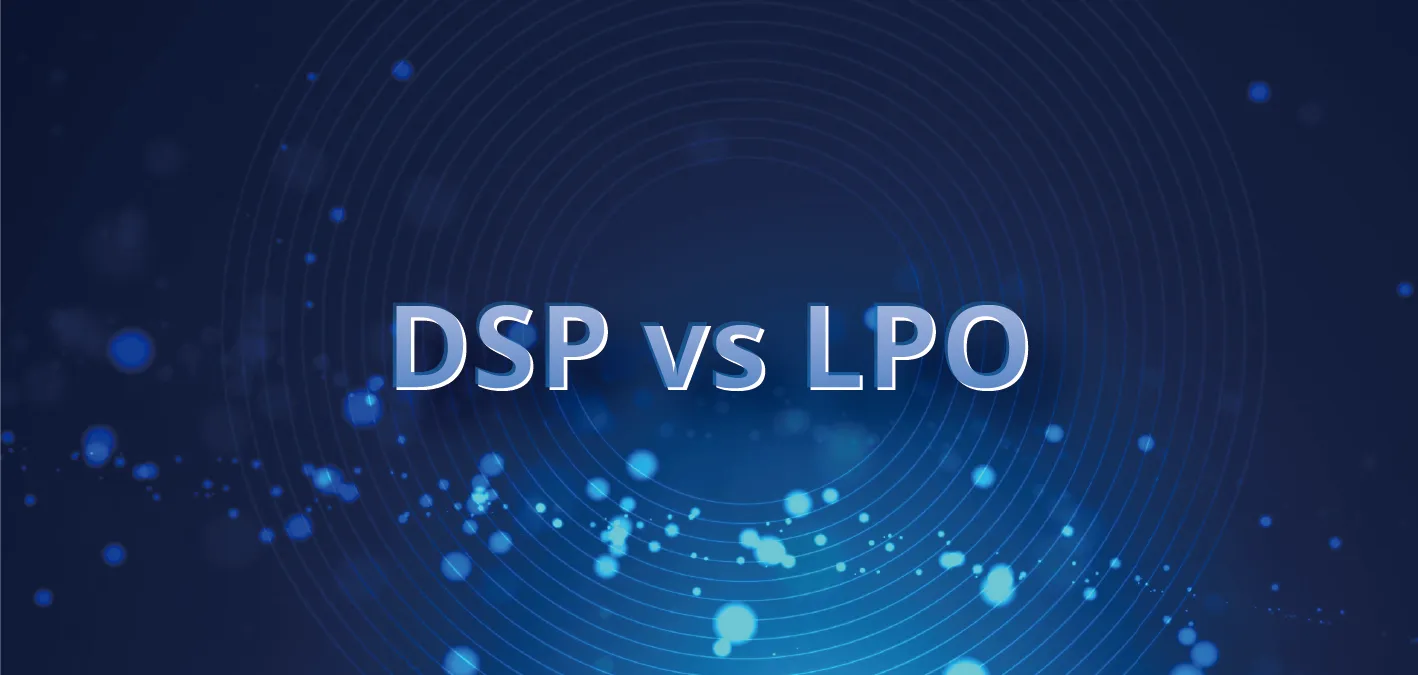
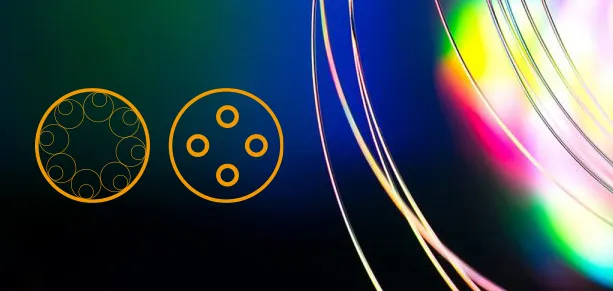
_and_High-Reflection_(HR)_Optical_Coatings.webp)
